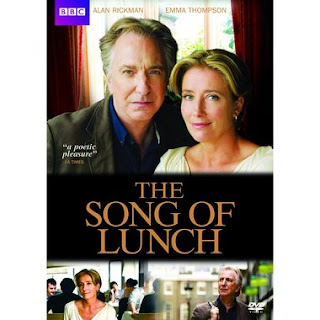 |
| Photo by Sam Churchill. |
Thank you, dear readers, for traveling with me.
This blog records my journey to better my own aging process while supporting the generation above me.
I'm hoping that other travelers have an easier path because of my "trail notes."
Without further ado, here is a countdown of the Top 10 Posts written and posted in 2016, in ascending order:
Both of these films (one American, one Norwegian) chronicle the transition from full-time work to retirement. The main characters, however, take a radically different approach to adjusting. Great performances by Jack Nicholson and Baar Owe.
Baby Boomers said farewell to many favorite entertainers. While it's appropriate to memorialize them, we can also embrace many recording artists who are still living and working. Are your favorite singers from the 1960s and 1970s on this list?






































